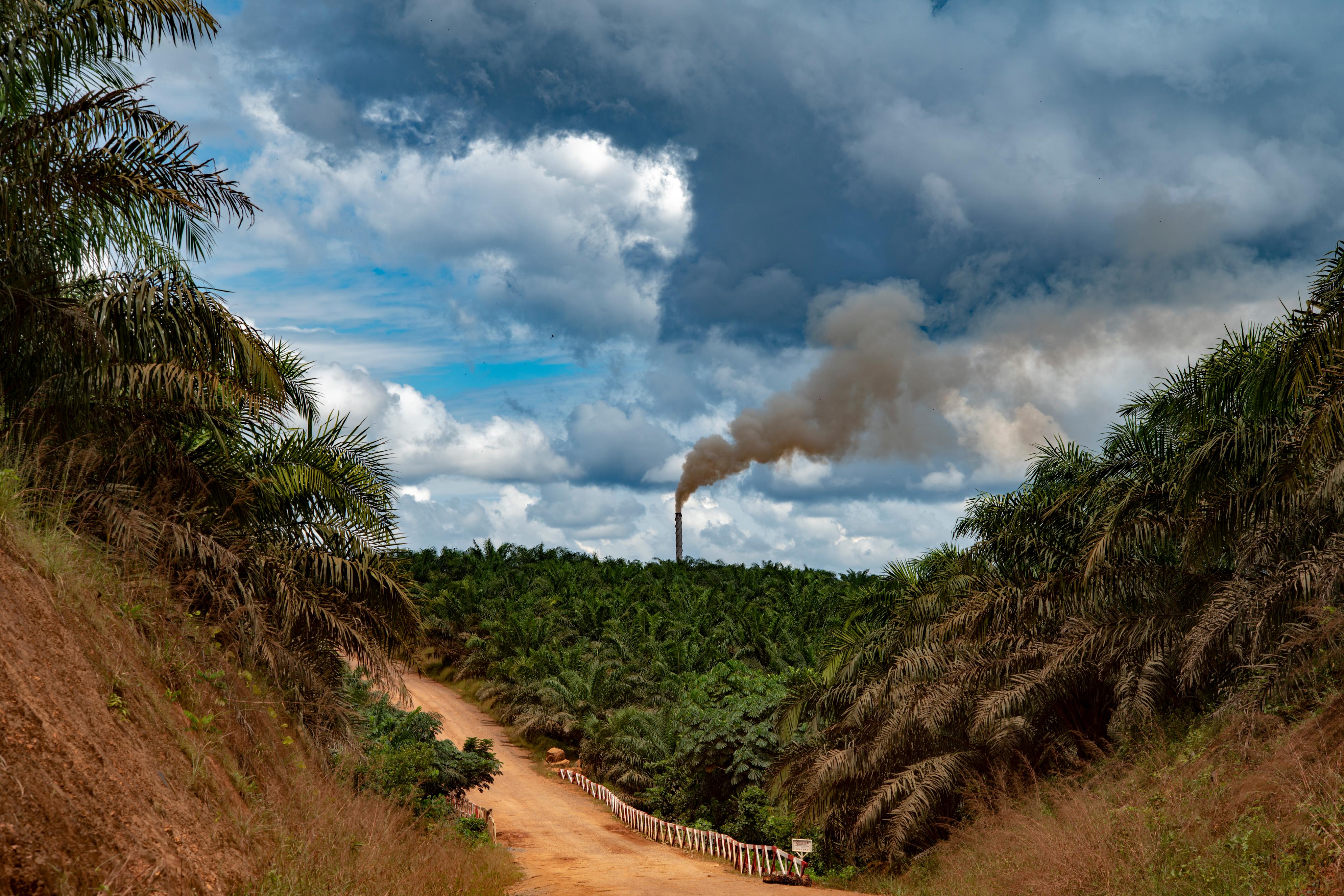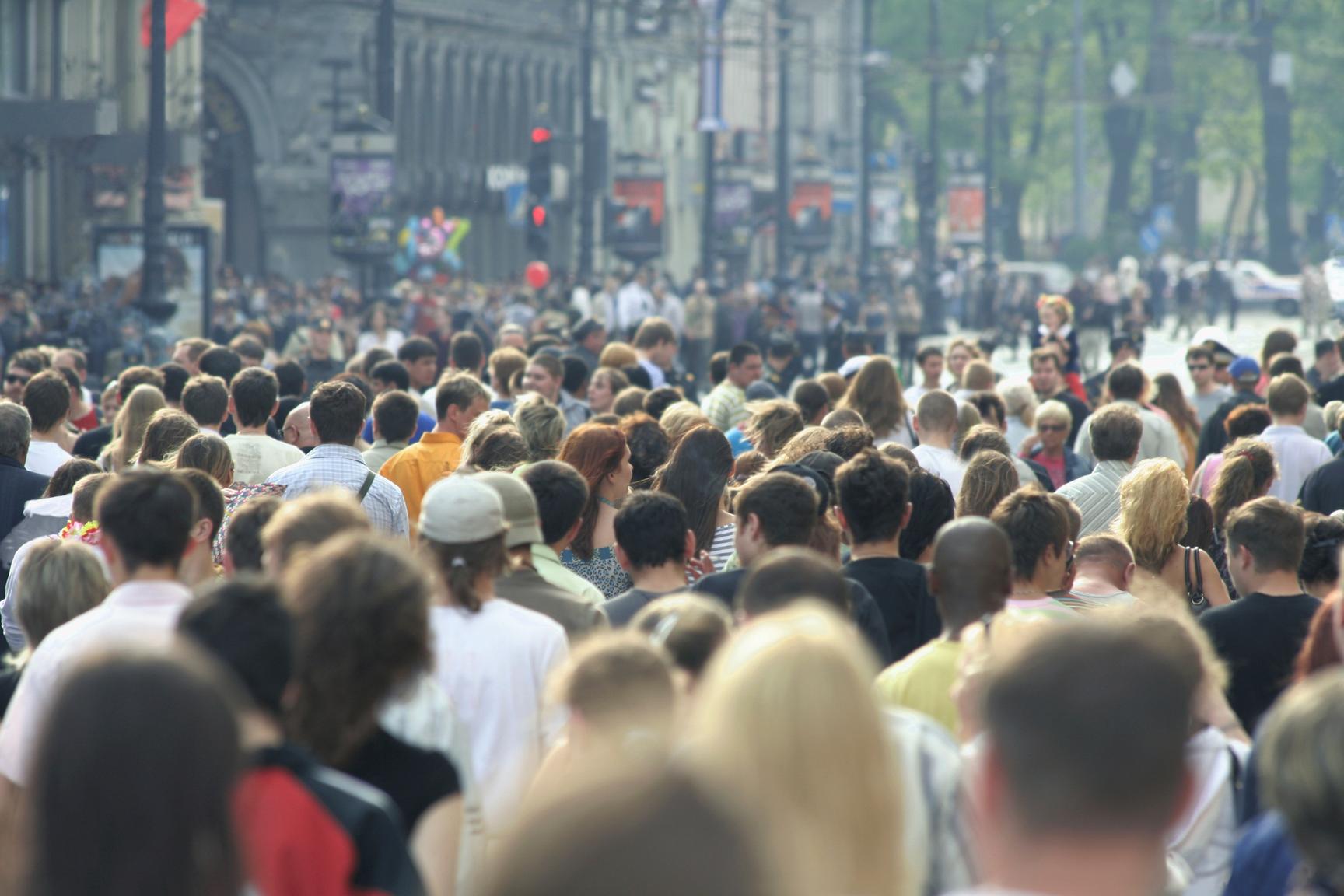
From cooking a pot roast to jetting away for the weekend, the choices you make in your day-to-day life leave a mark on the environment.
A carbon footprint is a simple way to express that impact. The “size” of your carbon footprint depends on multiple factors. The primary one is the amount of greenhouse gas emissions released into the atmosphere by a given activity.
People, products and entire industries have carbon footprints. Your personal footprint includes emissions from a variety of sources — your daily commute, the food you eat, the clothes you buy, everything you throw away ... and more. The larger your footprint, the heavier the strain on the environment.
To halt climate breakdown and avoid its worst impacts, we need to do two things: shift to a low-carbon economy and protect our best natural allies in the fight against climate change — forests, grasslands, mangroves and tidal marshes, which stash away large quantities of carbon.
Drastically cutting greenhouse gas emissions will require, everyone — from individuals to industries to countries — to vastly reduce their carbon footprint. Here’s the information and practical steps you’ll need to get started.
How is a carbon footprint measured?
A carbon footprint estimates the total emission volume of greenhouse gases — those gases in our atmosphere that trap and release heat, and contribute to climate change.
While the measurement actually accounts for the release of a number of different world-warming gases — like methane, nitrous oxide and fluorinated gases — results are typically expressed in terms of carbon dioxide equivalency (for example: 5 tons of CO2-equivalent). The CO2-equivalency measurement enables straightforward, apples-to-apples comparisons of activities, events or industries that might otherwise be difficult to compare directly.
Definitions
The life-cycle assessment
While a carbon footprint focuses on greenhouse gas emissions, a life-cycle assessment looks a broader environmental impacts. Think of a life-cycle assessment as a “cradle-to-grave” measure of all of the energy and materials used to develop and operate the product or service.
Take a car, for example. A comprehensive life-cycle assessment would take into account all phases of the vehicle’s life, including the sourcing and processing of raw materials used in production, assembly at the manufacturing facility, transfer to the showroom and the eventual scrapping of the vehicle when its days are done. And that’s before factoring in the impact of regular maintenance and the fossil fuels burned while driving the car over the course of its life.
How does carbon affect climate change?
Carbon dioxide traps heat emitted by both the sun and the Earth's surface — and releases that heat into our atmosphere. As we burn fossil fuels and cut down forests, high concentrations of greenhouse gases, specifically carbon dioxide, threaten to raise the average surface temperature of the planet to intolerable levels — and cause a host of life-threatening impacts.
Atmospheric carbon dioxide levels have risen more than 40 percent since the middle of the 18th century, and climatologists estimate that current levels are as high as they've been in some 14 million years.
As carbon dioxide levels continue to climb, fueling further temperature increases, the cumulative effects — including increased ocean acidification, rising sea levels, more frequent and intense storms, mass species extinctions, food scarcity and greater economic inequality — will be felt worldwide.

United State’s per capita carbon footprint is16.2 metric tons
By the numbers
Around the world, the average person generates 4.8 metric tons of carbon dioxide emissions each year. In the United States, it's more than three times that number — 16.2 metric tons. In fact, the U.S.’s per capita carbon footprint is larger than that of most nations, including Canada (15.64 t), Russia (11.76 t), Germany (9.73 t), Japan (9.45 t), China (6.98 t), UK (5.81 t), France (5.48 t), Brazil (2.27 t) and India (1.84 t).
Your carbon footprint
So if the average person worldwide is responsible for emitting the equivalent of nearly five metric tons of carbon dioxide per year, where does it all come from? Truth is, dozens of daily actions — and long-term lifestyle choices — shape each of our carbon footprints. Here are five of the most significant contributors:
Family size
If you’re a parent, no single factor contributes more to your carbon footprint than the number of children you have, with each child adding an average of 58 tons of CO2-equivalent per year to your total.
Transportation
Cars and planes are the culprits here. Owning and regularly driving a car adds an average of 2.4 tons of CO2-equivalent to your yearly footprint, while just a single transatlantic flight adds 1.6 tons.
Heating and air conditioning
Regularly heating and cooling your home adds roughly 1.5 tons of CO2-equivalent to your annual footprint. That’s because most American homes are still powered by "dirty" energy sources such as coal and gas instead of renewable sources like solar and wind. Here’s how different energy sources stack up: A typical coal power plant produces about 870 grams of CO2 per kilowatt of power (while plants outfitted with carbon-capture tech, which captures waste carbon and stores it underground, pump out about 156 grams). Consider some alternatives: Natural gas produces about 464 grams of CO2 per kilowatt of power; for solar, it's 48 grams of CO2; and for wind, it's a breezy 11 grams.
Food
Eating meat adds about 0.8 tons to your annual carbon footprint. This has less to do with emissions produced directly by the animals themselves and more to do with the energy required to grow and harvest the crops that feed the livestock. But not all meats are created equal: Beef requires a lot more feed, water and land than chicken, and therefore accounts for an additional 880 pounds of CO2-e emitted per year.
Laundry
Merely washing and drying your clothes adds about 0.46 tons of CO2 over the course of a year — 0.25 tons due to heating the water for the wash cycle and another 0.21 tons from drying your clothes.